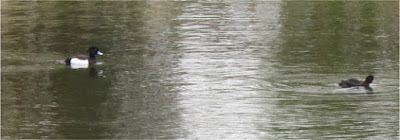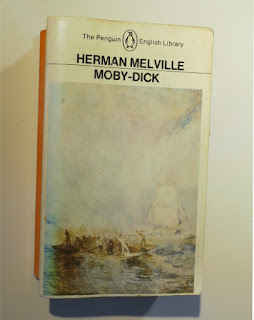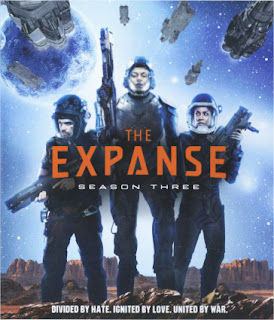2020!!! [expletive deleted]

2020!!*!%&!! 😬 This year... I've read a lot of books. I may even manage a 34th by midnight! That's a lot for me. However, there's a lot I haven't done. Like see a film. A big regret is that I failed to visit the cinema before my trip to Finland in early March. In other words, the last time there was no issue about going to a cinema. There's all the difference in the world as far as I'm concerned between idly watching a film on the telly, probably with lights on, probably with adverts, lavatory breaks and so on, and actually going to the cinema. HOME includes Manchester's arthouse cinema, and I miss that place, right down to its sweet potato chips and boutique beers. Even if it is a bit of a trek from the station to get to it. I want to see a film with someone, take a trip, have a meal etc. quite apart from enjoying the full experience of great sound, widescreen and everything. That's seeing a film properly . Worse, at this end of the year, I don...










